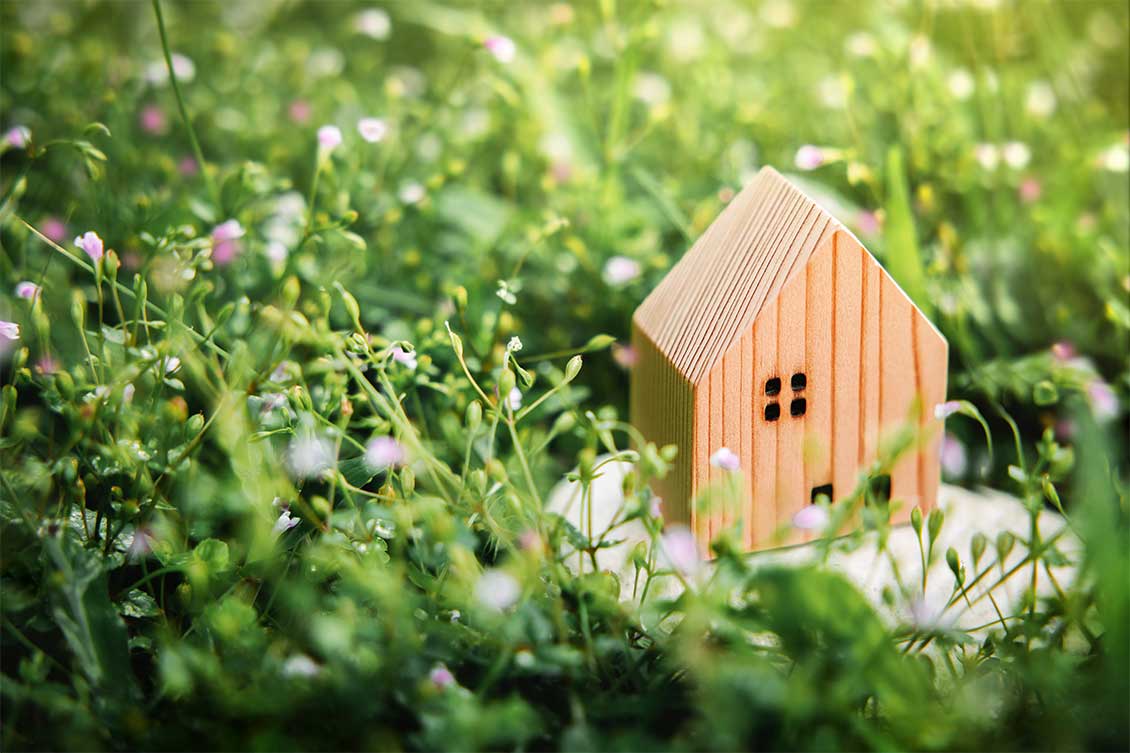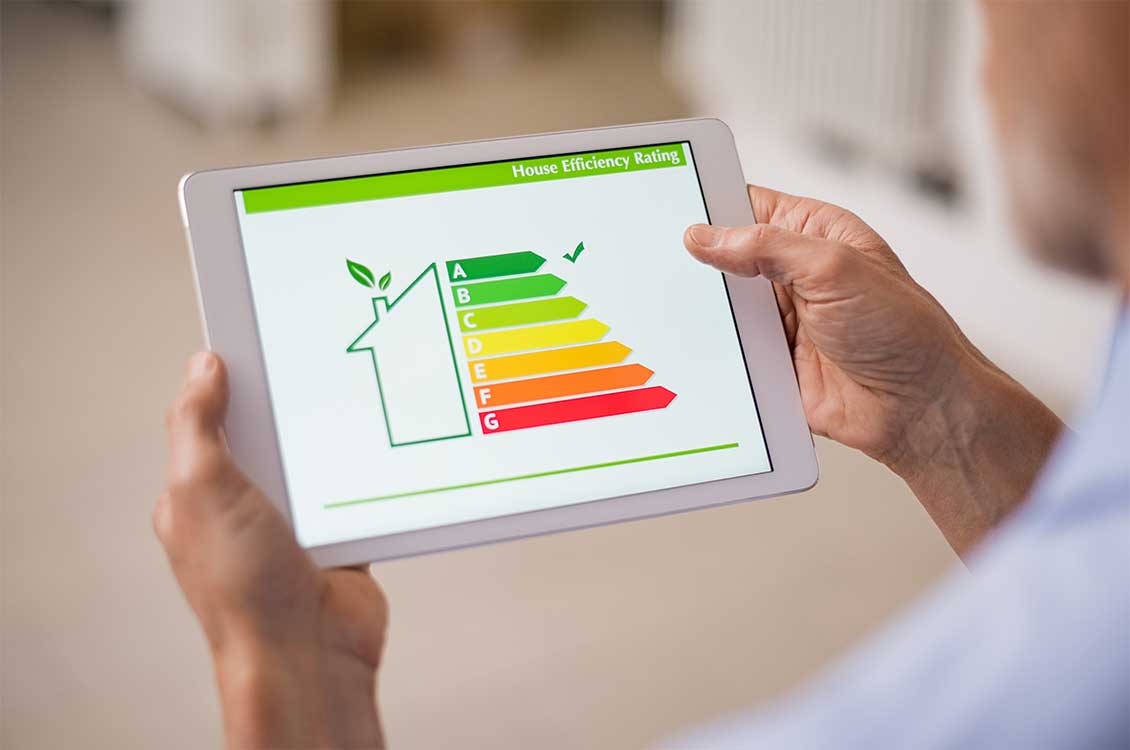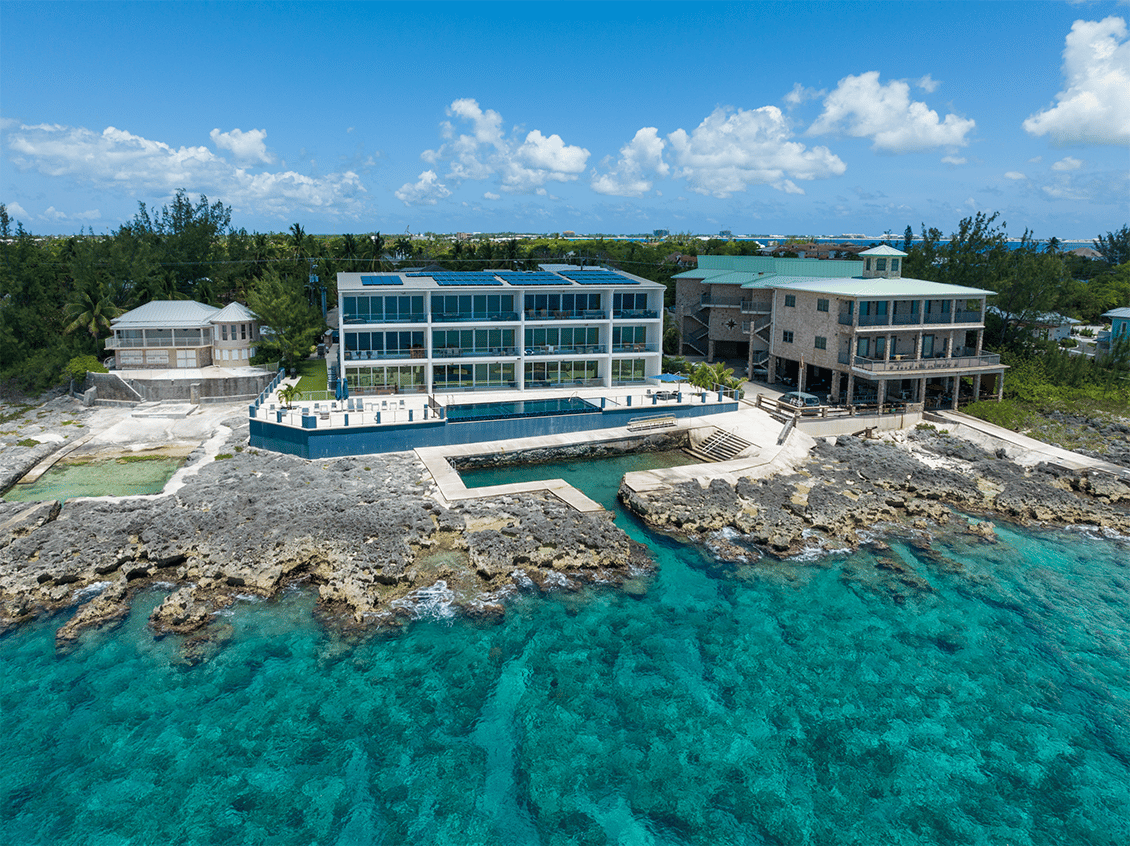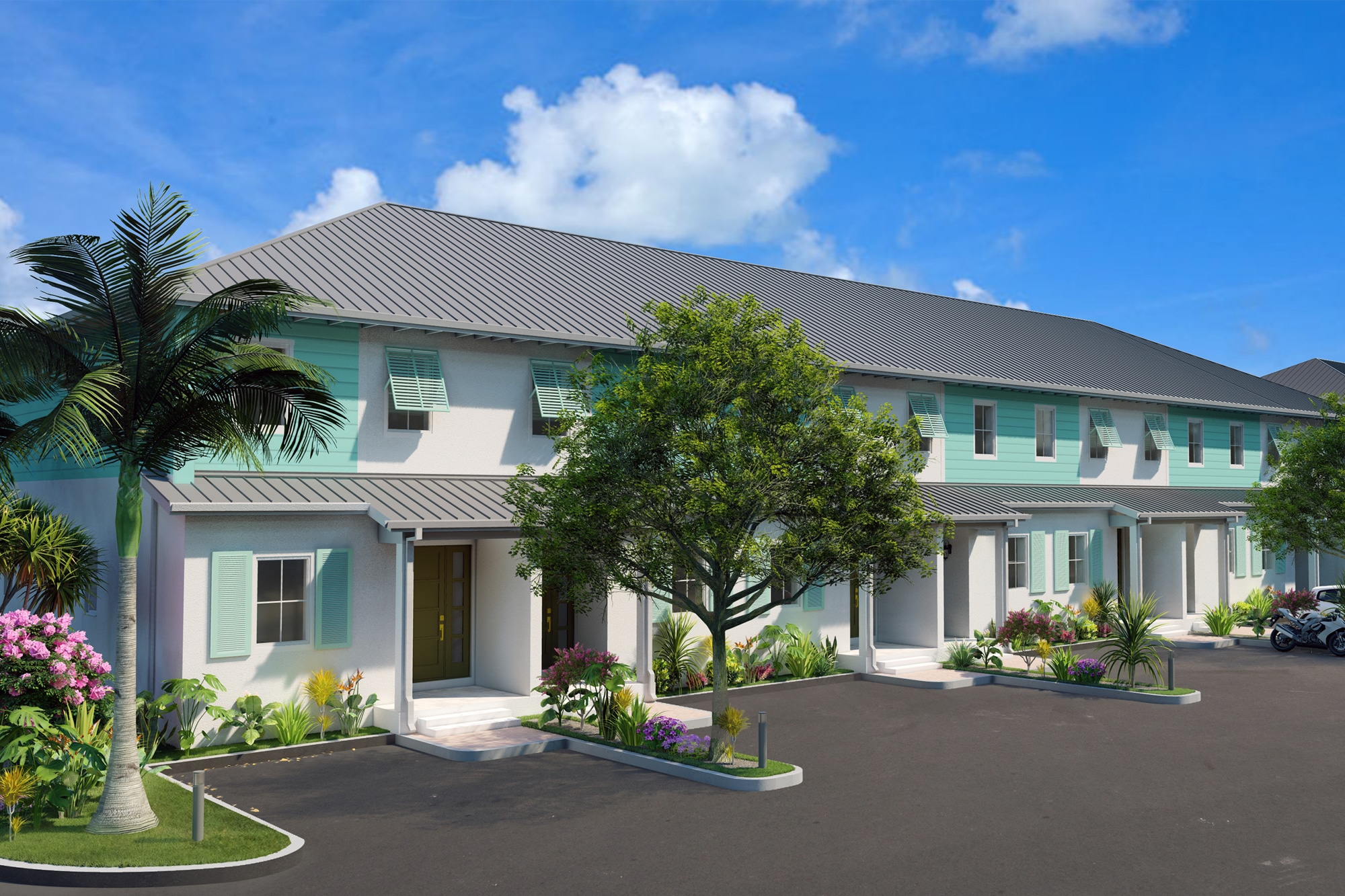
The real estate industry is following the worldwide shift towards sustainability. This article will explore how the industry is embracing sustainable methods and taking steps towards a greener future that will benefit the environment and everyone.
Sustainability in Real Estate
Increasingly, the real estate industry has been making strides in sustainability by adopting greener building practices in new constructions and retrofitting existing buildings with energy-efficient systems. The benefits of these sustainable practices go beyond environmental friendliness, as they can lead to significant savings on operating costs and make them a wise long-term investment.
The term “sustainability in real estate” covers many practices, such as energy efficiency, water conservation, and sustainable materials to create buildings and communities that meet our present needs while preserving the ability of future generations to thrive. For island residents, this is especially important, and is a cause we should all care about.
Benefits of Sustainable Real Estate
As a homeowner, investing in sustainable real estate can offer numerous benefits. Green homes require less energy and water, produce less waste, and can be constructed using recycled or renewable materials, significantly reducing their environmental impact.
Incorporating sustainable practices in real estate can have economic benefits by reducing operational and maintenance expenses, leading to savings for property owners and tenants. Moreover, eco-friendly buildings attract people who value environmental sustainability and wish to live or work in environmentally conscious properties.

Examples of Sustainable Practices in the Industry
Real estate practices that conserve resources and contribute to sustainability include:
- Using recycled materials: Recycled materials can be used in construction and renovation projects to reduce the amount of waste produced.
- Implementing green infrastructure: Green infrastructure uses plants and other natural elements to manage stormwater and improve air quality.
- Incorporating renewable energy sources: Renewable energy sources, such as solar panels and wind turbines, can help to reduce a property’s carbon footprint, energy efficiency and utility bills.
- Promoting energy efficiency: Energy-efficient appliances and lighting can help save on energy costs while reducing emissions.
- Water conservation: Water-conserving fixtures, such as low-flow toilets and showerheads, can help properties save water and money.
- Insulation: Insulation can help to save energy and money by keeping a property cool and reducing operating costs in hot countries.
- Controlling indoor air quality: Indoor air pollution can be reduced through air filters, ventilation systems, and other methods.
- Landscaping for sustainability: Sustainable landscaping practices, such as using native plants and installing rainwater harvesting systems, can help to reduce water usage and conserve resources.
Green Living in the Cayman Islands
Green living and sustainability have taken centre stage in the Cayman Islands as residents and businesses strive to preserve the island’s natural beauty and protect its fragile ecosystem. With its stunning beaches, crystal-clear waters, and diverse marine life, Cayman recognises the importance of sustainable practices to ensure a thriving environment for future generations.
With a growing trend towards sustainable and environmentally friendly construction, there has been an increasing number of LEED (Leadership in Energy and Environmental Design) certified buildings emerging on the island. These structures embody green living and are designed to minimise their impact on the environment. By incorporating energy-efficient systems and eco-friendly materials, LEED-certified buildings in Cayman reduce energy consumption, conserve water, and promote a healthier indoor environment. These buildings serve as shining examples of the island’s dedication to sustainability and inspire others to embrace green practices. With their innovative design and focus on environmental responsibility, LEED-certified buildings in Cayman showcase a greener and more sustainable future for the community.
Lighthouse Point

Lighthouse Point Resort was built using cutting-edge eco-friendly technologies and recycled materials, winning the prestigious Governor’s Award for excellence in sustainability and the environment. The property is designed to maintain a carbon-neutral footprint with solar technology and zero water discharge. Fabulous location on the secluded North West Point close to beautiful shallow reefs teeming with marine life perfect for offshore diving.
Periwinkle

A new sustainable development that is dedicated to creating a vibrant community that resonates with its residents. Situated in close proximity to the shops and restaurants of Grand Harbour, this LEED-certified neighbourhood offers convenience and accessibility for everyday family life. With a strong emphasis on environmental health and sustainability, Periwinkle incorporates energy-efficient features and solar power, resulting in lower energy bills and a reduced carbon footprint. It also offers a grocery service offering farm-to-table produce and other sustainable products, adding to the overall green living experience in this thoughtfully designed community.
A Greener Future
By adopting eco-friendly construction practices, promoting energy efficiency, investing in sustainable infrastructure, and prioritising conservation, the real estate industry is leading the way in creating a greener future. Not only does this commitment benefit the environment, but it also presents a compelling value proposition for investors, as sustainable properties offer long-term cost savings and market appeal. With sustainability at the forefront, the Cayman Islands’ real estate industry is setting an inspiring example for the rest of the world, proving that luxury and environmental responsibility can go hand in hand.

